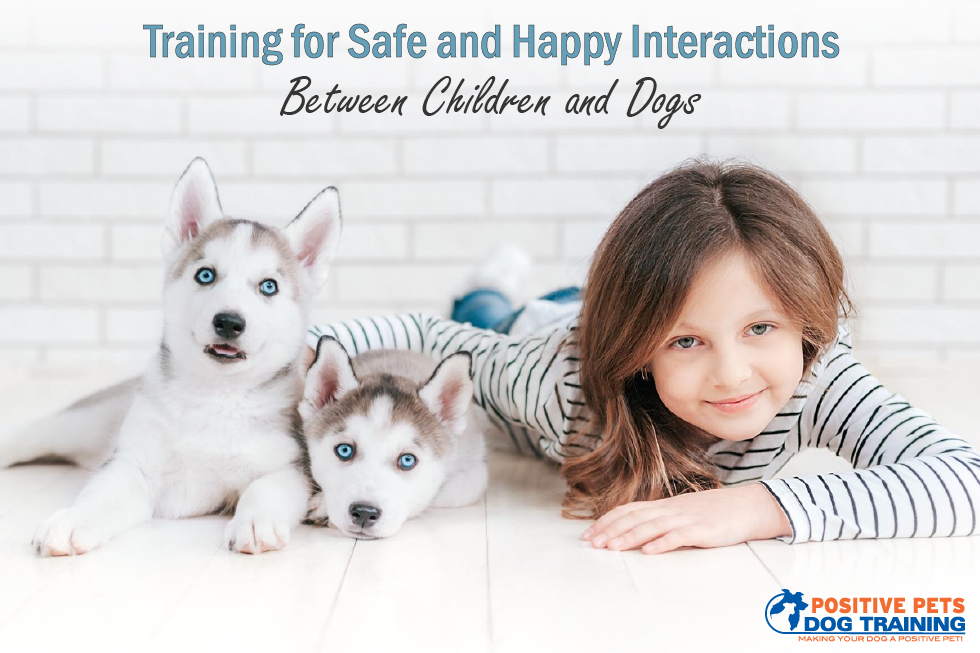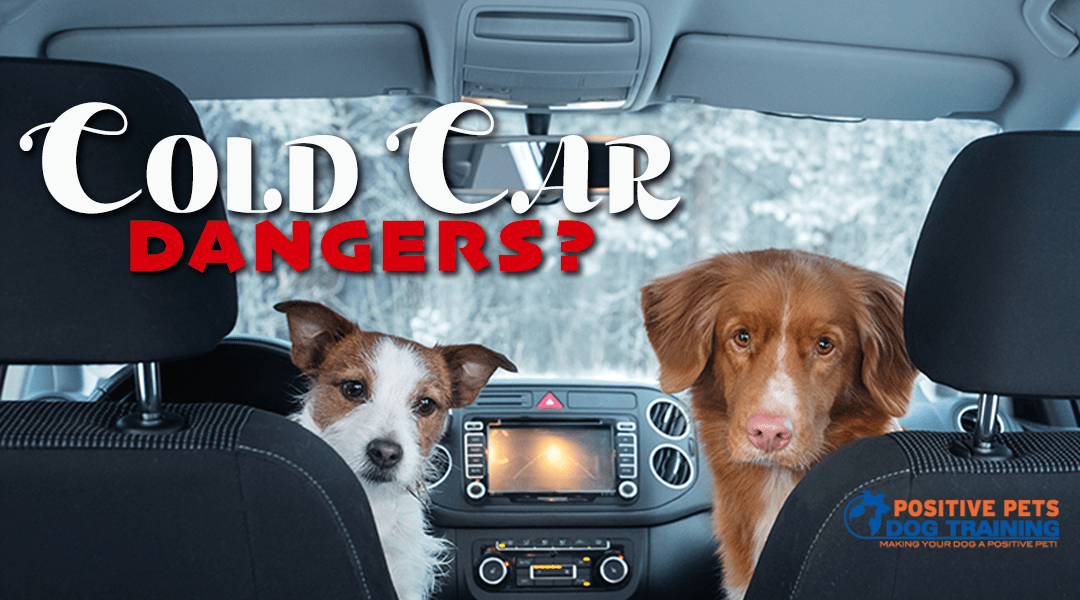Did you know 80 – 90% of dogs over the age of three are reported to have some sort of dental disease? If you didn’t, then pay attention because brushing your dog’s teeth is just as important as brushing your own.
Dog teeth can be affected by plaque buildup, just like ours. This plaque usually only causes bad breath and can be removed with a simple brushing. However, if left untreated then it can turn into tough, disease-causing tartar. While tartar can be removed by your vet, the disease can’t. Setting up a good brushing routine between you and your dog now will save you a lot of time and pain in the future. If you’ve never brushed your dog’s teeth before then have no fear. Follow these steps to make sure you and your best friend have a good experience.
Step One: Gather your Supplies
Obviously, you can’t brush their teeth with your bare finger. Make sure you have all the supplies before you get started. There are plenty of doggie dental kits available for you to choose from online, each with its own benefits. No matter which one you choose, make sure you have the following:
- Pet toothpaste
- A Microfiber finger-glove
- A soft toothbrush. (if your dog’s mouth is big enough, you can use a soft-bristle human toothbrush, but otherwise use something designed for canines)
Step Two: Introduce the Flavor
Once you have your supplies, you may begin. Keep in mind that this is a new process for the both of you and that it’ll require patience. Start off by letting your dog taste the toothpaste so they aren’t surprised by the aroma later on. Try gently working it into their mouth, and give them a reward if they react well. Repeat for 2-3 days to get them accustomed to it.
Step Three: Introduce the Motion
Though it makes sense to use the paste with the brush now, don’t. If your dog has never had their teeth cleaned before, then they might react poorly to the feel of a toothbrush. Put some paste on the finger-brush and use that to get them used to the sensation. Work your way around their mouth and make sure to give them breaks as you scrub off the plaque. This reduces anxiety and overall unhappiness. Repeat this for 10-12 days.
Step Four: Introduce the Brush
It’s the home stretch! Now that your dog is more comfortable with the idea of brushing, you can use an actual brush. Apply the toothpaste to the tip and let your dog lick it. Once they realize its a familiar taste, start brushing. Only brush one tooth at a time if your dog seems uncomfortable. If they’re relaxed, then gently work your way around their mouth. Always reward them afterwards.
If you think your dog might already have a dental problem, or you’re having trouble relaxing them, take them to the vet. It’s always better to have a professional address the problem before it leads to something even worse. If you were successful, then remember to maintain a regular brushing schedule. Twice a day is ideal, but if you can’t hit that then aim for at least three times a week.


